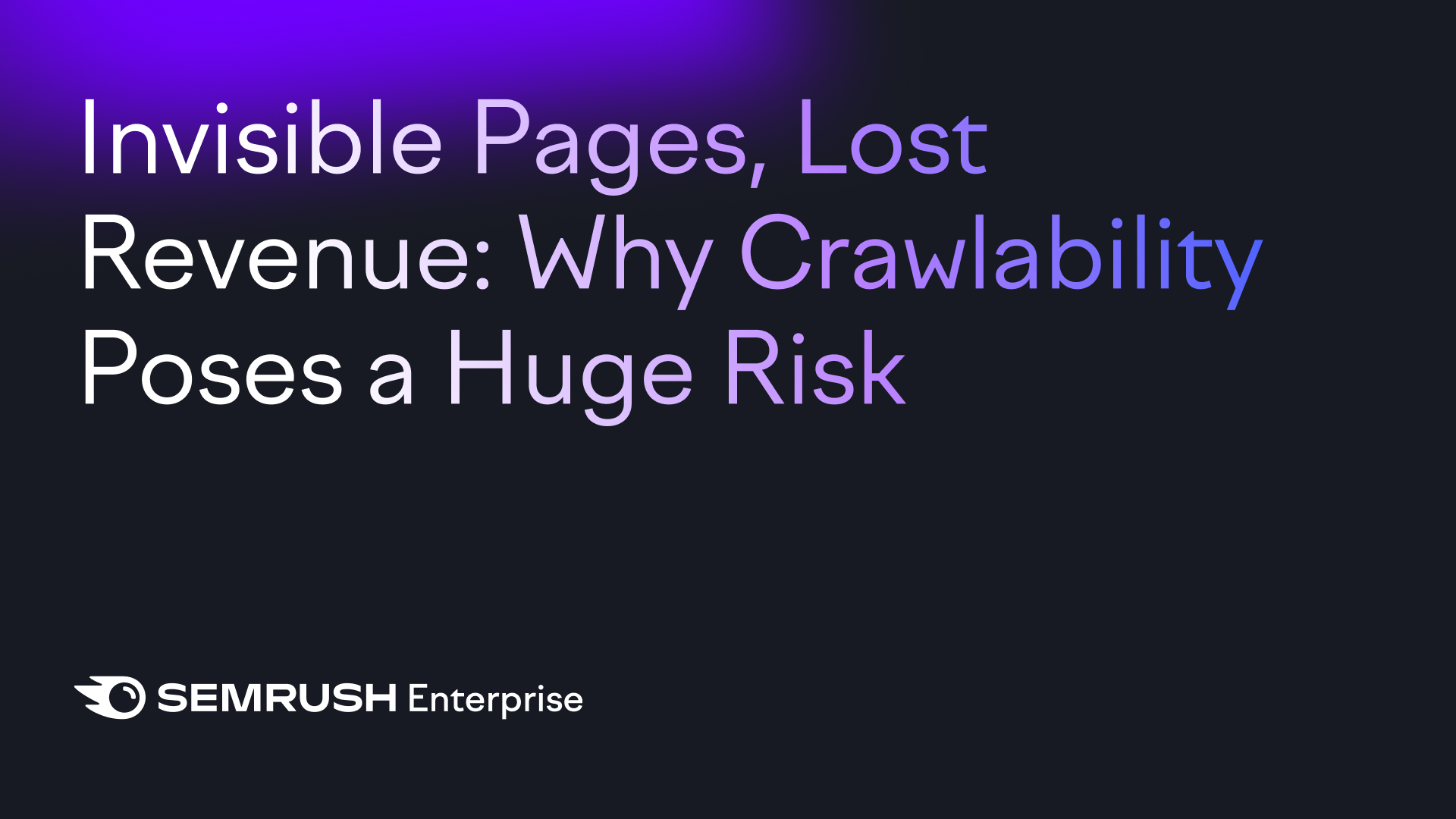
"Because while the bots have changed, the game hasn't. Your website content needs to be crawlable. Between May 2024 and May 2025, AI crawler traffic surged by 96%, with GPTBot's share jumping from 5% to 30%. But this growth isn't replacing traditional search traffic. Semrush's analysis of 260 billion rows of clickstream data showed that people who start using ChatGPT maintain their Google search habits. They're not switching; they're expanding."
"When Cloudflare analyzed AI crawler behavior, they discovered a troubling inefficiency. For example, for every visitor Anthropic's Claude refers back to websites, ClaudeBot crawls tens of thousands of pages. This unbalanced crawl-to-referral ratio reveals a fundamental asymmetry of modern search: massive consumption, minimal traffic return. That's why it's imperative for crawl budgets to be effectively directed towards your most valuable pages. In many cases, the problem isn't about having too many pages. It's about the wrong pages consuming your crawl budget."
AI crawler traffic grew dramatically between May 2024 and May 2025, driven in part by GPTBot but without replacing traditional search visits. Users who adopt ChatGPT generally continue using Google, so sites must serve both AI systems and legacy crawlers while keeping the same crawl budget. Measuring total pages crawled obscures the real problem: whether revenue-driving pages are crawled. Cloudflare's analysis revealed extreme imbalance where AI crawlers consume vast numbers of pages for very few referrals. Effective crawl management requires directing crawl budget to high-potential, conversion-ready pages. The PAVE framework offers dimensions to prioritize which pages deserve crawl allocation.
Read at MarTech
Unable to calculate read time
Collection
[
|
...
]